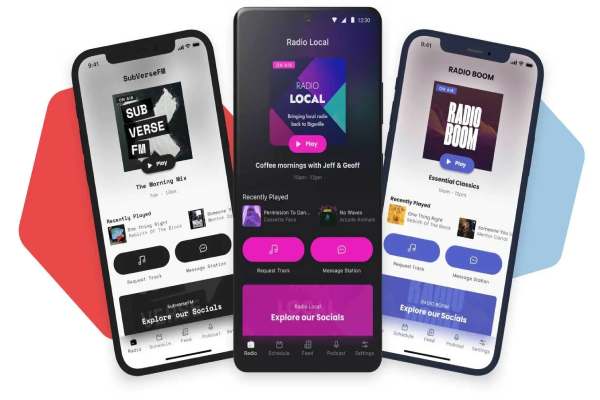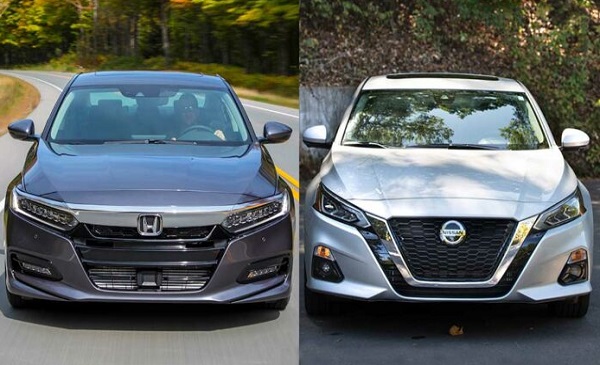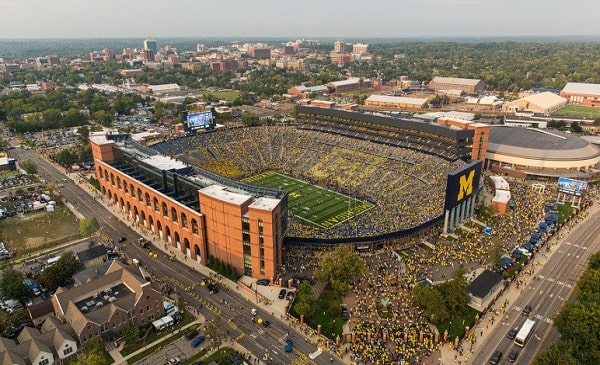What Are The Poorest States In The United States?
With financial difficulties ahead, many people may be thinking of moving to another state in the country. However, the choice to leave your current district, and thus your comfort zone, should be carefully considered. And, although there are several affordable and accessible states in the United States that could represent savings, there are others that are among the poorest states in the United States.
Of course, moving to the other side of the country just to remain unemployed and, worst of all, being below the poverty line is no one’s goal. Therefore, if you are thinking of changing location, it would be good for you to know the poorest states in the United States so as to analyze them before considering them as a viable option for your family.
What are the poorest states in the United States?
Although there are different methods and formulas to classify the poorest states in the United States, one of the favorites of economists is the following: analyzing the average family income, measuring the poverty rate, and seeing both data in the light of the unemployment rate. This way of looking at metrics offers a quick and easy way to compare how much a typical American family earns in one state versus another.
Uncovering the gap between rich and poor
Income inequality remains a popular topic. Various politicians and activists have been at the forefront of this matter, even leading the conversation at the national level. And it is that, according to a publication issued by the Institute of Economic Policy, the gap between the earnings of the richest and poorest Americans in the country is, at present, larger than that reported in the 1920s, and even than the 1930s.
This means, in a nutshell, that while the richest citizens of the country continue to accumulate large and extravagant fortunes and, of course, invest their money in mansions of opulence, hotels and corporate giants; or leading a luxurious lifestyle, such as in the movies, poor people struggle harder than before to survive.
The worst is not only this, but their wages are rising so slowly that they are outpaced by inflation. Hence, their paychecks today give them less purchasing power than they did five or ten years ago, and this is truly unfortunate.
About the cost of living in the United States
It should be noted that there is a positive correlation between the wealth of the country’s states and their cost of living. Let’s look at this statement in an example: a standard family in Maryland earns almost twice as much as a family with the same number of members in Mississippi. However, every dollar earned in Mississippi is worth more than in Maryland.
Much of Maryland’s wealth comes from the Washington DC corridor where everything from real estate to gas prices exceeds the national average. By contrast, Mississippi has one of the lowest costs of living in the United States, meaning you can live better with less money.
The level of poverty in the United States
Now, although the threshold to measure poverty varies depending on the family composition, it could be affirmed that, using estimated figures, a four-member household that receives $25,465 a year would be below the general poverty line.
One of the most impressive factors that the data throws up is that, despite the fact that the southern region of the country has a low cost of living, it is the poorest in the United States, or at least that is how it was reported in 2018. To get an idea of what we are talking about, let’s look at the poverty rates by region:
- Northeast : 10.3%
- South : 13.6%
- Midwest : 10.4%
- West : 11.2%
Worst? Only the southern region reported an increase in its poverty rates compared to 2017, while the figures for the other regions registered improvements.
Education in America
As you can see, there are obvious discrepancies between income at the state level, as well as individual ones. But, looking at it from another perspective, there are common threads between the richest and poorest states in the country.
For example, wealthy states such as Maryland, Connecticut, and New Jersey tend to have highly educated citizens and are close to major corporate and financial centers, such as New York City and Boston. The other side of the coin? The poorest states provide figures that show that they have a lower education rate and that, in addition, there are fewer opportunities for well-paying jobs.
To confirm this, it would be enough to take a look at the 50 largest metropolitan areas in the United States, where, often, the best jobs and the highest salaries are found. None of these points are in Mississippi, West Virginia, or Arkansas.
The poorest states in America: Quick glance
Next, we will show you more information about the three poorest states in the country. These data were obtained by reviewing what was reported by the US Census Bureau.
West Virginia
In addition to having the lowest median family income in the country, West Virginia reached the highest poverty rate in 2018 at 16.5%.
Note: Keep in mind that the Census Bureau reports this average using two years as a reference: 2017 and 2018. West Virginia’s poverty level was almost five percentage points higher than the national average poverty rate of 11.8%. . In other words, more than 16% of families earned less than $25,465 a year.
Mississippi
The state’s poverty rate was reported nearly six percentage points higher than the national average, which was 11.8%. This means that nearly one in five four-member households in Mississippi earn less than $25,465 a year.
And not only that. Mississippi has a low level of education. Approximately 20% of residents have bachelor’s degrees compared to more than 30% reflected on average using statistics from across the country.
Arkansas
However, Arkansas reported for that same year the highest poverty rate (15.4%), which, compared to the national poverty average (11.8%), leaves us more than three percentage points of difference.
Read Also: What Are The 10 Richest States In The United States?
In summary, data on the poorest states in the United States
Since 2019, the measurement of the poorest states in the country includes the analysis of certain metrics, such as the average income of a typical household, the poverty rate and the unemployment rate. The poorest states in the United States following this analysis are three: West Virginia, Mississippi and Arkansas. More than 38 million people in the United States live in poverty, equivalent to 11.8% of the population, with the southern regions of the country being the poorest.





![Police Officer Salary In The United States [Rank Based]](https://naijaxtreme.com/wp-content/uploads/2022/12/police-officer-salary-in-the-united-states-img_16522-min.jpg)

